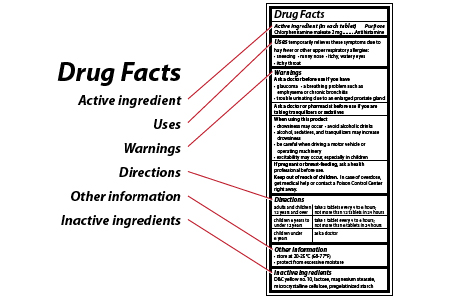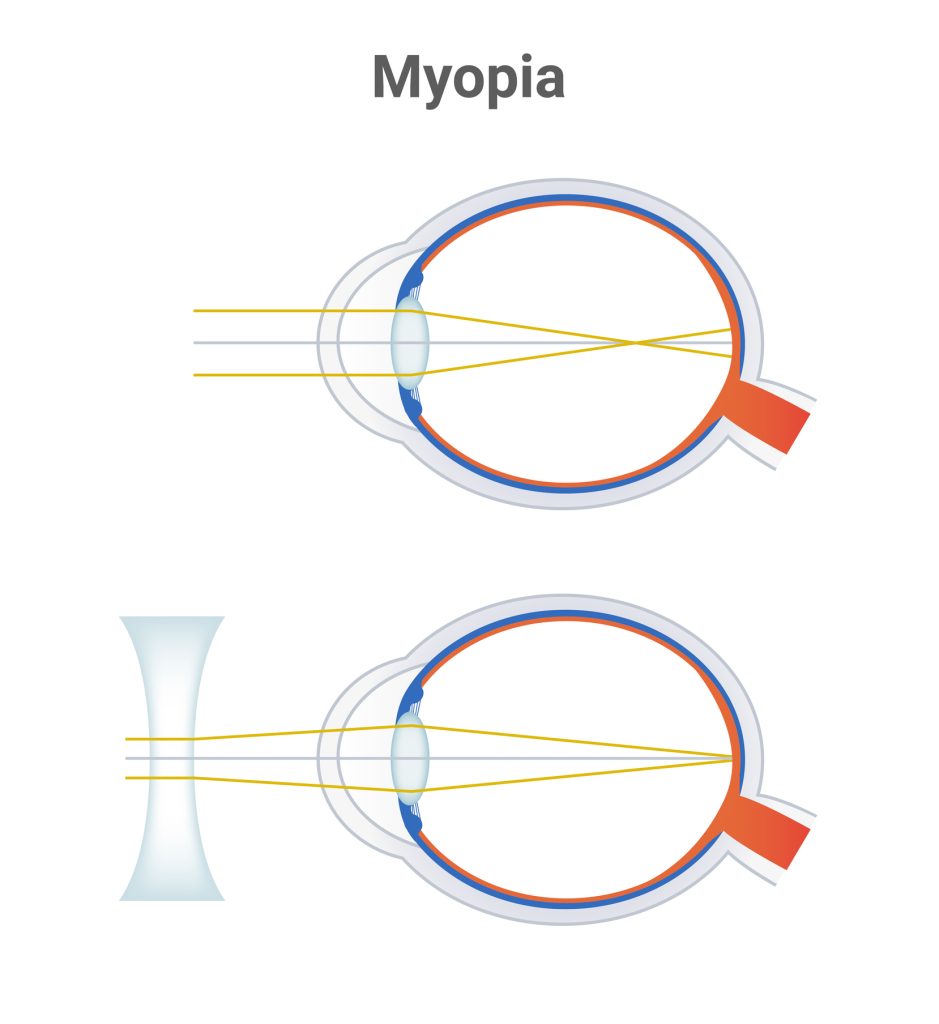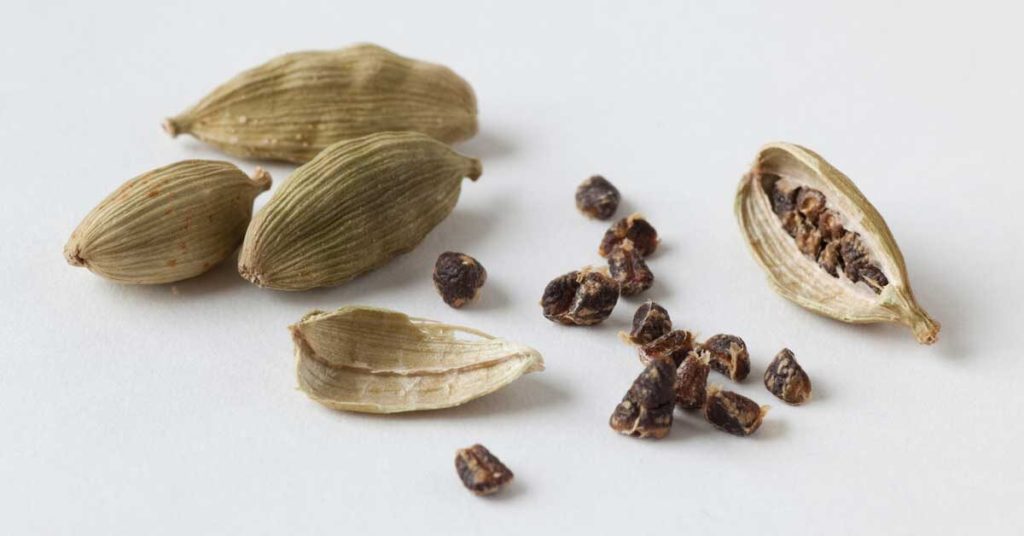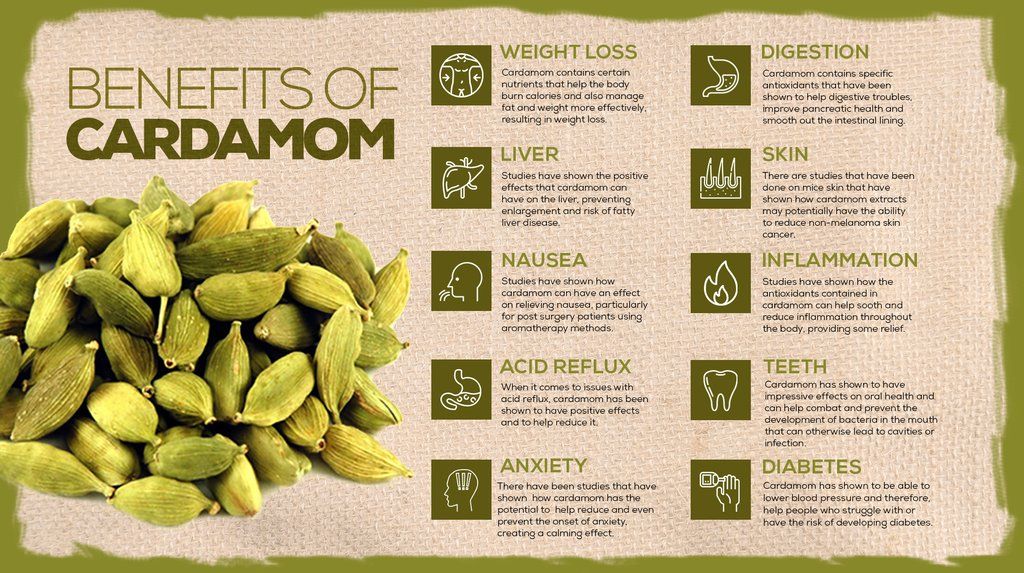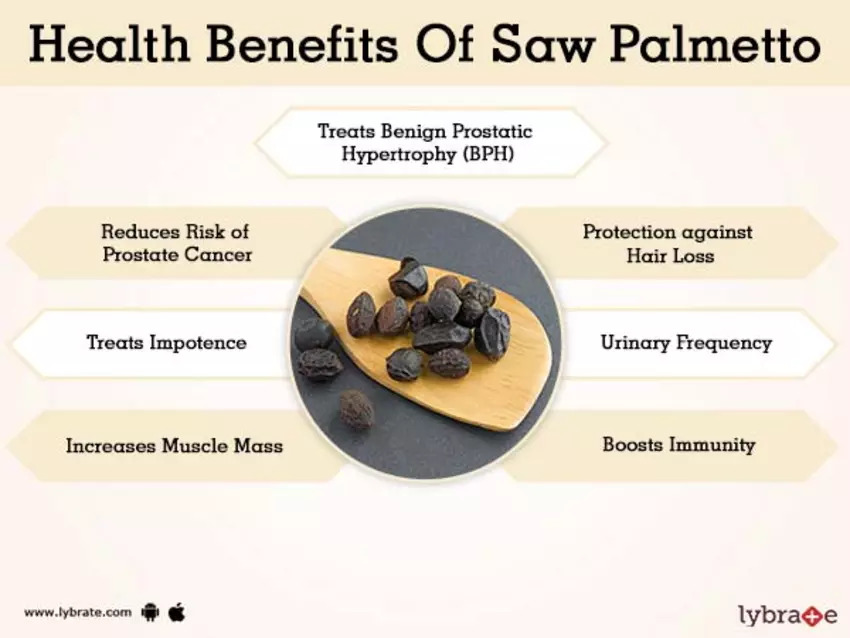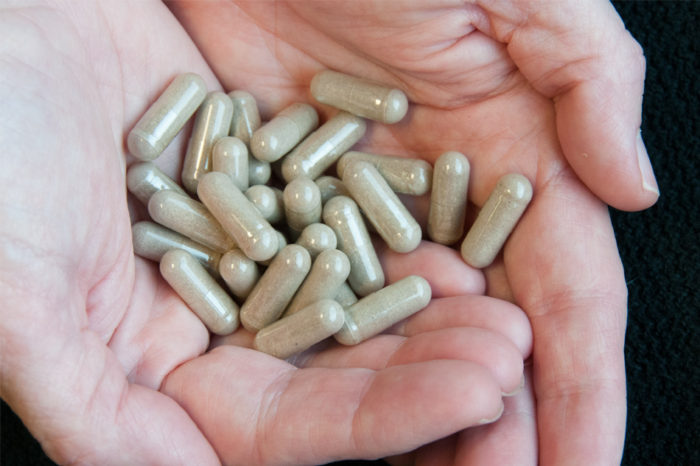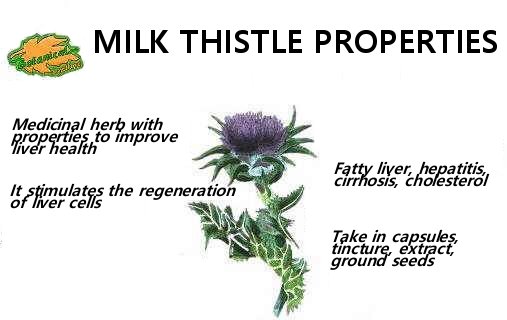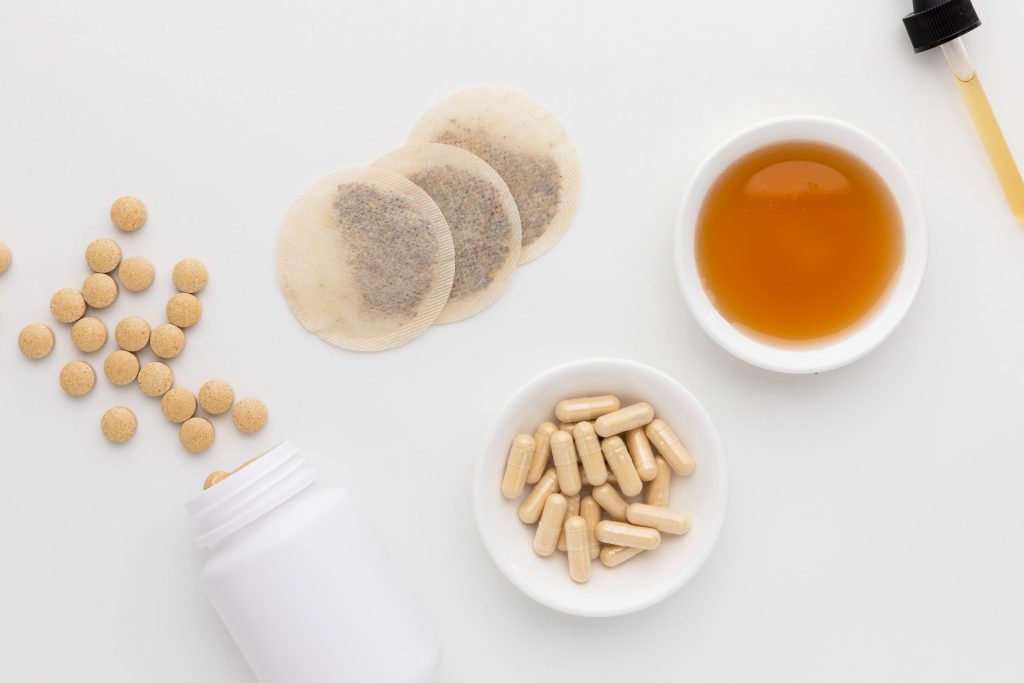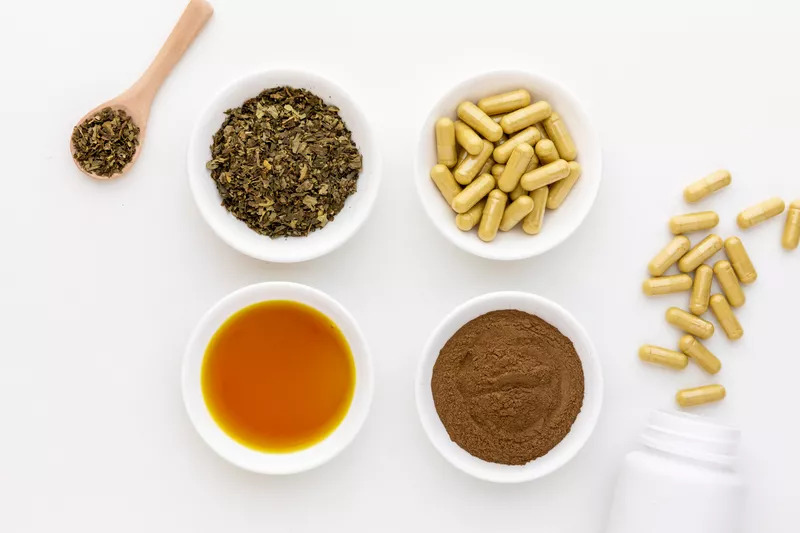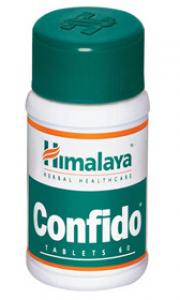Top consequences of loneliness an individual must consider.
Nobody likes to be alone, despite the fact that it’s a phrase from a popular song.
The phrase “chronic loneliness” refers to loneliness that lasts for a very long time. Although if chronic loneliness and loneliness in general aren’t particular mental health illnesses, they can nevertheless have an impact on your wellbeing.

The bad emotions that can arise when your demands for social interaction aren’t met are referred to as loneliness. It’s acceptable to occasionally cherish your alone time. In fact, solitude may promote relaxation and recharging. You could require more alone time than another person to feel your best because everyone has varied needs for it.
Nevertheless, loneliness and being alone are not nearly the same. You’re less likely to feel negatively lonely or yearn for social interaction when you’re enjoying your isolation. Loneliness and isolation frequently go hand in hand, and both can have an impact on physical and mental health.
Why are people lonely?
There are numerous causes of loneliness. For instance, you might experience loneliness if:
- change jobs or schools
- working at home
- transfer to a new city
- break up a relationship
- are newly single and living alone.
Feelings of loneliness may disappear as you become used to these new circumstances, but they sometimes linger. It can be difficult to discuss loneliness, and if you find it difficult to reach out to others, you might feel even more isolated.
You can experience loneliness even if you have a large social network since a lack of meaningful interactions is another factor.
Despite participating in a number of social events and having a lot of casual friends, you might not feel particularly connected to anyone. If you’re single and don’t want to be, spending a lot of time with couples and families might also make you feel lonely. Even if you are contentedly single, this could still occur.
Dealing with physical or mental health problems might also make you more likely to feel lonely. As it can be challenging to articulate your feelings, having health issues can be isolating. Social activities can occasionally require too much emotional or physical energy, which may lead to you cancelling more plans than you maintain. A persistent absence of social interaction may eventually worsen your feelings.
Symptoms of loneliness
Spending time alone might make you feel depressed, empty, or as though you’re missing something vital if you’re lonely. Symptoms of chronic loneliness can include any of the following:
- reduced energy
- feeling hazy or unable to concentrate
- troubles with sleep, such as insomnia or sleep disruption
- reduction in appetite
- emotions of insecurity, pessimism, or unworthiness
- a propensity to fall ill repeatedly
- discomfort in the body
- emotions of dread or uneasiness
- more purchasing
- misuse of drugs
- greater inclination to binge-watch movies or television shows
- bodily warmth desires, such as for hot beverages, baths, or warm clothing
Diagnosis of loneliness
Even extreme loneliness is not a particular mental health disorder. Nevertheless, doctors are beginning to understand how loneliness can impact both your physical and mental well-being.
Talking to a mental health expert could be helpful if you’ve been experiencing inexplicable symptoms like the aforementioned loneliness symptoms and have been feeling lonely.
Your symptoms may have potential mental health causes, which a therapist can assist you in identifying. Although there is no medical diagnosis for loneliness, counselling can assist you in finding resources and support.
A therapist can also give you advice on how to deal with the negative impacts of loneliness and assist you in looking for constructive change.
Complications
More and more experts contend that loneliness and isolation, whether they happen simultaneously or separately, can have significant negative impacts on health. These are some current research findings.
Chronic disease
According to a 2017 analysis of 40 studies on social isolation and loneliness, these conditions increase the risk of early death, cardiovascular problems, and deteriorated mental health.
Another 2017 study examined data from the Swiss Health Survey and discovered evidence that loneliness is associated with an increased risk for:
- chronic disease
- elevated cholesterol
- psychological distress
- diabetes
- depression
Sleep pattern
According to the findings of a 2017 study that included more than 2,000 twins, young adults who felt lonely tended to have poorer-quality sleep. The study also discovered data suggesting that being exposed to violence can make one feel more lonely.
A 2010 study of 215 individuals confirms the association between loneliness and insufficient sleep quality and hypothesises that poorer sleep quality may make it difficult to function during the day.
A 2018 research of 639 senior citizens found that loneliness and social isolation can both impair sleep quality.
Depression
In 2016, researchers examined the relationship between social isolation and loneliness in 1,116 twin pairs and discovered evidence that lonely persons frequently experience depression.
Loneliness had a “moderately significant” effect on the likelihood of depression, according to a 2018 assessment of 88 studies that examined the relationship between loneliness and depression.
Stress
According to the findings of a 2017 study that included 8,382 persons aged 65 and older, loneliness and depression both raise the risk of cognitive deterioration.
Tips to Prevent and Overcome Loneliness
You can get over loneliness. To change, one must make a conscious effort. Making a change over time can improve your overall happiness and health as well as your ability to positively influence those around you.
These are some suggestions for avoiding loneliness:
Think about volunteering or another enjoyable activity. These circumstances offer fantastic chances to make new friends and engage in social activities.
Aim for the best. Instead of expecting rejection, as lonely individuals frequently do, try to concentrate on having good attitudes and thoughts in your social interactions.
Ensure that you put great relationships first. Look for people who are like you in terms of attitudes, passions, and ideals.
Understand that loneliness is an indication that a change has to be made. You can begin taking actions to lessen your feelings of loneliness and create connections that promote your wellbeing, but don’t expect things to change overnight.
Recognize how loneliness affects your life. Loneliness has negative physical and mental effects. Make a concerted effort to fend off these symptoms if you see that they are having an impact on your mood.
Choose a group or form your own. For instance, you might consider starting a Meetup group for locals in your area who share your interests. Moreover, you can think about enrolling in a course at a community college, joining a reading club, or enrolling in a fitness class.
Strengthen an existing connection. In addition to making new friends, strengthening your current ties can also be a very effective approach to deal with loneliness. Call a friend or member of your family that you haven’t spoken to in a long.
Speak to a reliable person. It’s crucial to chat to someone in your life about how you are feeling. This could be a friend or family member, but you might also think about speaking with your doctor or a therapist. You can get in touch with a therapist whenever it’s convenient for you thanks to online counselling, which might be a fantastic option.
REFERENCES:
- https://www.healthline.com/health/mental-health/chronic-loneliness
- https://www.verywellmind.com/loneliness-causes-effects-and-treatments-2795749
- https://www.medicinenet.com/dont_let_loneliness_harm_your_health/article.htm
- https://www.webmd.com/balance/ss/slideshow-loneliness-health-effects
For more details, kindly visit below.
